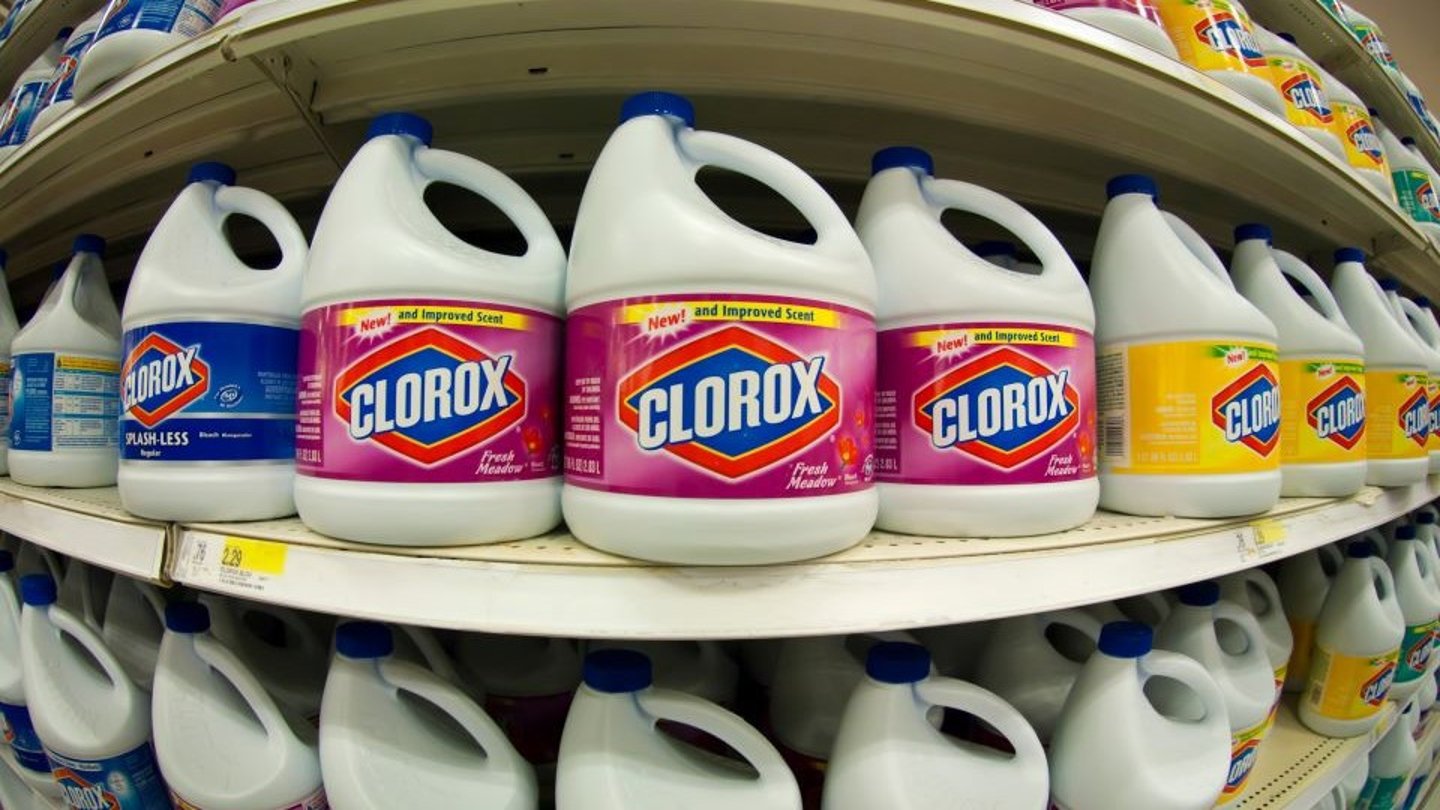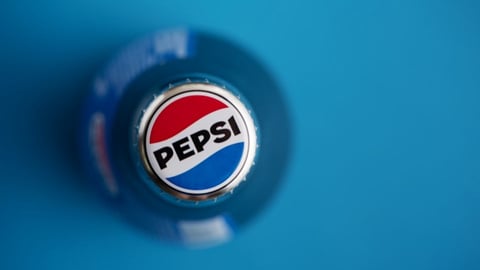Clorox Is Accelerating Innovation With Generative AI Investment
The Clorox Company has been upfront about the work it is doing to recover distribution and gain back lost consumers after a cyber attack caused significant delays and challenges across its supply chain last year.
Now, as part of the company’s digital transformation and personalization strategies to bolster operations and customer relationships, the company is looking toward generative AI.
Linda Rendle, CEO, recently detailed the strategy at the dbAccess Global Consumer Conference, and it is centered around expedited innovation with a use case-focused approach.
Clorox has invested in a generative AI innovation tool that identifies global trends so the company can quickly develop hundreds of digital prototypes at a time and test them with millions of consumers (instead of just 20 in a room as in the past).
The first innovation from these generative AI efforts launched this Spring, taking 90 days from start to finish.
“We've never done anything that fast before, so we're excited about what this can mean,” said Rendle. “It won't mean all innovation could go in 90 days. We have regulators to deal with and businesses need to go through processes, but to develop that funnel, know the consumer better, we are really excited about where this can take us.”
The Journey to Generative AI
Although the company has had significant investment in AI, when generative AI came along, Rendle asked, “How would we use this in this digital construct?” What the company wanted to avoid was siloed approaches across the enterprise, and so it focused on specific use cases that drive the most value.
“For us, we believe that is on consumer insights and innovation, and we're focusing that work there and then also doing some test-and-learns on other places we can drive efficiency in the company and in manufacturing, etc.”
In response to the exploding rise of generative AI discussions and implementations occurring in the CPG space, Rendle said there are still ways to uniquely deliver value and create differentiation for brands.
“Everyone's going to have gen AI, but I feel good about the areas that we've chosen to start with it on,” she said. “And we're learning what other people are doing and we'll adjust if we need to.”
Other CPGs investing in generative AI:
- Coca-Cola is investing $1.1 billion in the technology through a partnership with Microsoft
- L'Oréal recently highlighted several initiatives across R&D and consumer products that are using generative AI to advance personalization and innovation within the beauty category.
- A generative AI-powered tool from Adore Me, owned by Victoria’s Secret, allows customers to design their own bralettes and panty sets.
Generative AI is the No. 1 type of AI solution being implemented across organizations, according to a new survey by Gartner. According to CGT’s 2024 Retail and Consumer Goods Analytics Study, half of manufacturers are already using generative AI or are planning to use it within the next 12 months.






